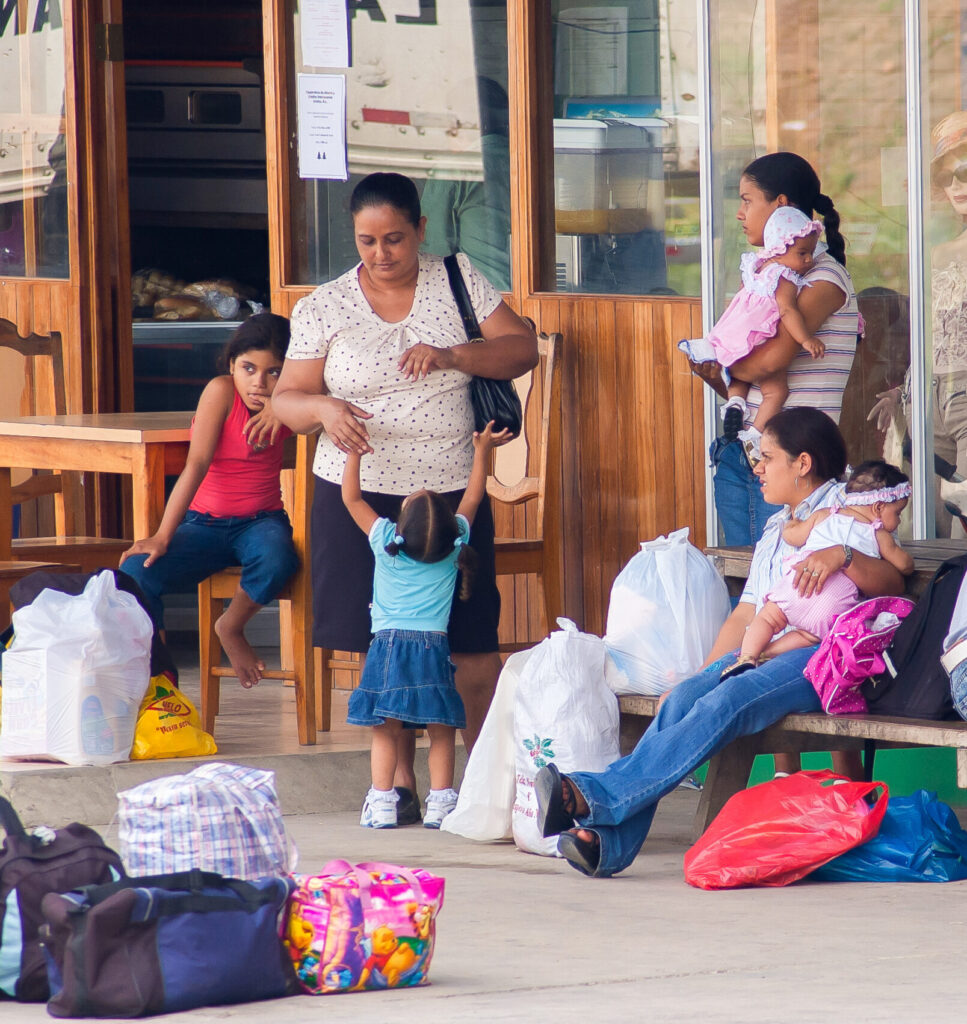
In 2010, when the world was going through the largest economic crisis in three generations, the microfinance sector found – in most cases for the first time – that it’s not immune. The sector’s many stakeholders, very few of whom had previously experienced a major crisis, had to learn on the fly. Seeing this knowledge gap – and also recognizing an opportunity – CFI launched Weathering the Storm, a first-of-a-kind research project to capture the experience of MFIs dealing with crisis.
With the onset of COVID-19 came a scramble for direction on how to respond, and, amid the hubbub, the first Weathering the Storm made the rounds on social media as one of the reference materials for this new crisis. Many of its lessons — admonition to MFIs to “keep leverage low and liquidity high,” focus on prioritizing client and staff confidence, emphasis on maintaining transparency with creditors — proved as true in April 2020 as they did a decade ago. Indeed, its discussion of creditor responsibilities helped inform the rapid and well-organized response by social investors.
Even so, it wasn’t a perfect fit. Much of the original Weathering the Storm focused on institutions whose crises were due more to internal mismanagement than to external threats — a situation that is largely reversed today. And most of that study focused on avoiding a crisis rather than surviving one – hardly appropriate advice to institutions facing a pandemic. Recognizing these differences, CFI — this time in partnership with e-MFP and Mastercard Center for Inclusive Growth — launched Weathering the Storm II to seek out cases that are more relevant to today’s situation.
The new project includes five case studies from around the world that highlight challenges that were not extensively featured in its predecessor publication. These cases examine institutions that were beset more by external challenges than internal mismanagement, and some of them feature institutions that survived exceptionally high levels of credit losses.
Surviving the immediate danger is only the start of a multi-year journey.
But perhaps what comes out most clearly from these new cases is that deep crises have long tails. Surviving the immediate danger is only the start of a multi-year journey. Some institutions spent years operating under loan restructuring agreements, effectively insolvent, as they wrote off bad loans only to the extent their paper equity allowed. New funding typically became available only after they had fully stabilized and were ready for renewed growth.
It’s true that these were the worst-case scenarios that still ended with a successful turnaround. And while the current pandemic may also create similar outcomes for a few, most institutions are likely to face less severe pressures and experience faster rebounds. Nevertheless, even if the pandemic itself ends sometime during 2021, most institutions won’t end the year fully back to normal. The after-effects are likely to last well into 2022, and for some, it may take several more years to fully recover.
In early 2021, we will compile the lessons from the combined 15 case studies from Weathering the Storm I and II – a volume that will be able to serve as a useful guide for the long road ahead. And, as with its predecessor, we hope that years from now, the many stakeholders in the sector will be able to consult it whenever the situation requires.









